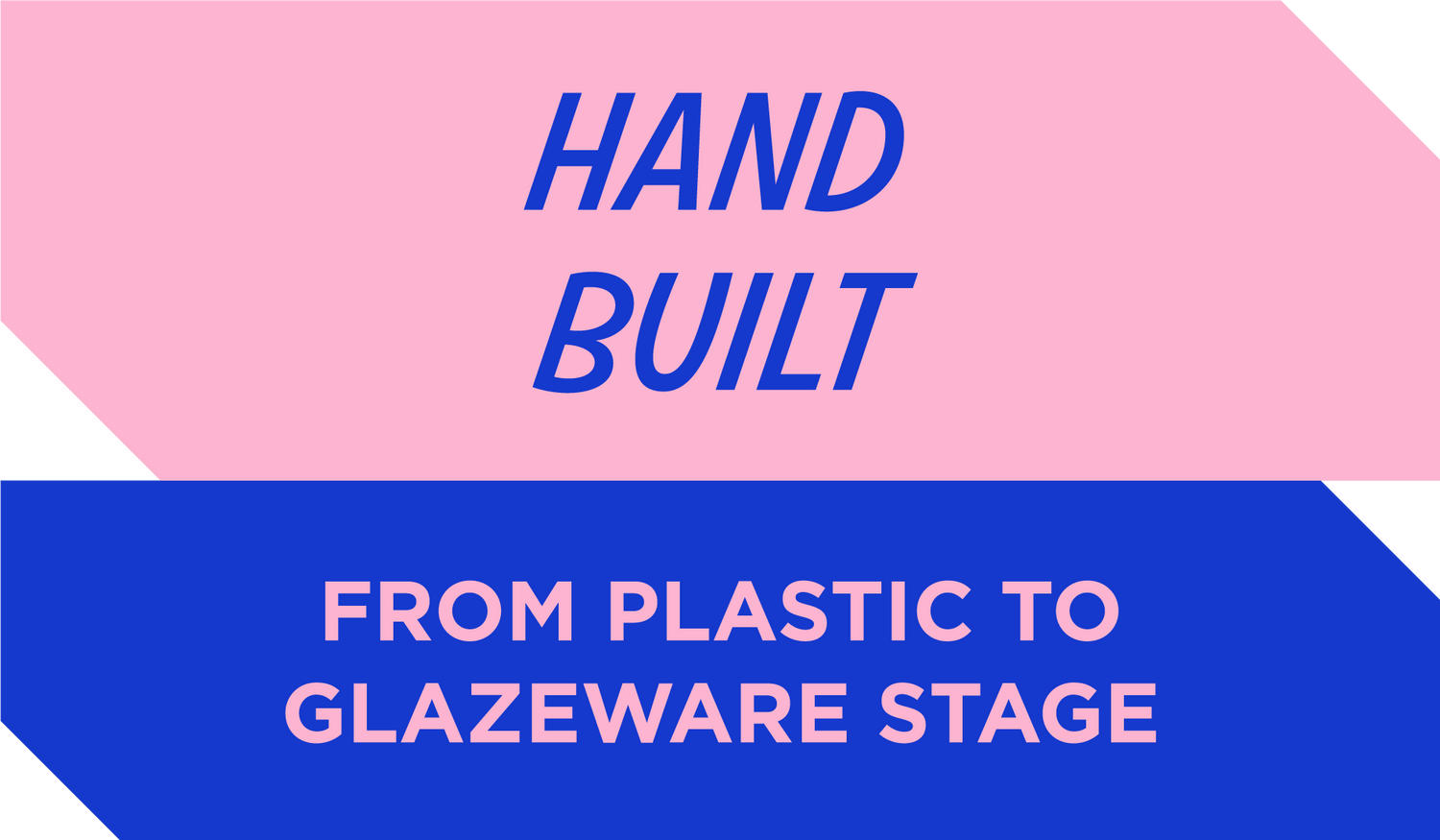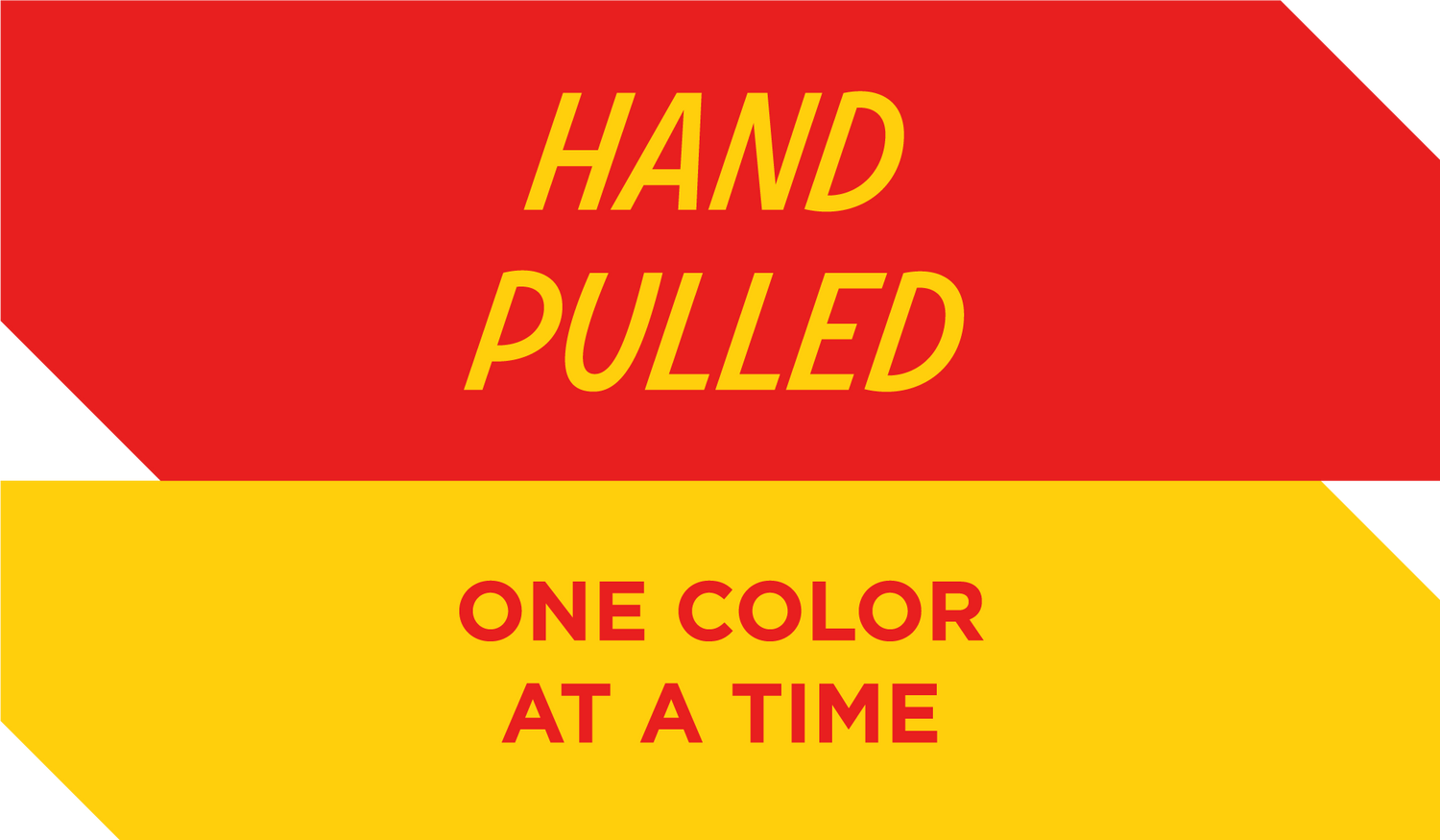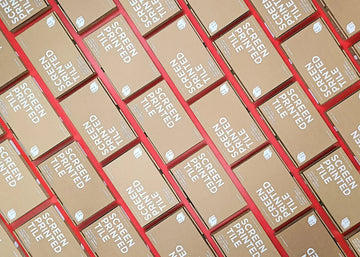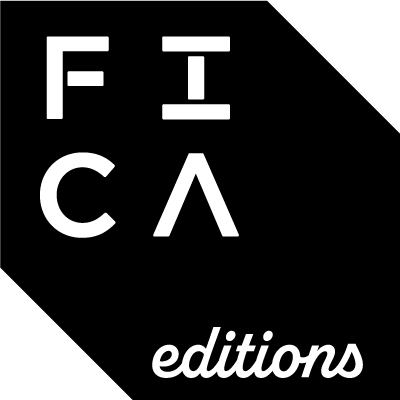PRODUCTION

At FICA editions, we are a dedicated team focused on manual crafts.
Our small workshop specializes in combining traditional techniques with practical methods, particularly in ceramics and screen printing. Each piece we create is a result of our commitment to manual, low-impact construction processes.
We have been working individually with ceramics and screen printing for years. So it was only a matter of time till we combined two of our favorite crafts.
Over the past years, we’ve been experimenting and specializing in screen printing on ceramics, discovering numerous ways to explore these techniques together.
It’s a path with many directions. From the beginning, we enthusiastically discovered the possibility of printing on ceramic at various stages of the clay, using different types of coatings, resulting in diverse aesthetics.
Ceramics play a significant role in the process, requiring the clay to progress naturally and carefully through its several stages. Respecting the timing inherent to ceramics is an essential part of the process, to ensure we achieve the final stage.
Screen printing must adapt and adjust. As the substrate, clay requires compatible coatings that withstand the firing process. This technique demands a great deal of patience, precision, and careful timing to achieve the desired results.


SLAB TECHNIQUE
The process from plastic to glazeware (including screen printing process in between) is lengthy. Producing a screen-printed tile edition can take 6 to 9 weeks.
We use both hand-building techniques and wheel throwing to create our ceramics, but this collection mainly focuses on the slab technique.
Our pieces are hand-built with Portuguese clay. Every step of the process, from the plastic stage to glazeware, is carefully timed.
FIRST THINGS FIRST
5 INITIAL STEPS ❯
The production begins with handling each tile one by one.
HANDMADE TILES
On our main collection Screen-Printed Tiles, each tile is made one by one, with the slab technique, which involves rolling out the clay into flat pieces, using a slab roller.
Throughout the entire process, theres a lot of testing, cutting, waiting, handling, pressing, shelving and frequent follow-up, all of which require great care and patience.


BY HAND
In screen printing, "hand-pulled" means the process is done manually, with the person physically pulling the squeegee across the screen to transfer ink onto the substrate.
This method highlights the artisanal, hands-on nature of production, often leading to unique variations and a distinct level of aesthetic.
DIFFERENT COATING, DIFFERENT STEPS
NOT A STRAIGHT LINE ❯
Has mention before, screen printing must adapt and adjust to ceramics.
When choosing a coating, it needs to be applied at the correct stage of the clay.
DIRECTLY ONTO THE CLAY
Every edition of screen printing is hand-pulled in our workshop, wether in clay, paper, wood or other substrates. This process requires printing one color at a time, with each unit being hand-pulled individually.
In our Screen-Printed Tiles collection, the clay can be printed in multiple stages, depending on the coating applied. In some cases, this requires precise timing. With screen printing, the designs are printed directly onto the clay.



SMALL BATCH
We produce small batch editions, ensuring that only a fixed number is produced, which enhances the scarcity, value, and collectability of the edition.
Each edition features a unique design, created either by us or in collaboration with artists and illustrators who bring a distinct aesthetic to our editions.


ARTISANAL PROCESS
Due to the handmade production, imperfections and slight variations may occur in color, format and finish.
These singularities accentuate the handcrafted process, making each piece unique.
Embracing these variations is part of the artisanal process.














